- Reservation
-
Special Offers
- About
- Rooms
- Dining
Around the hotel
-
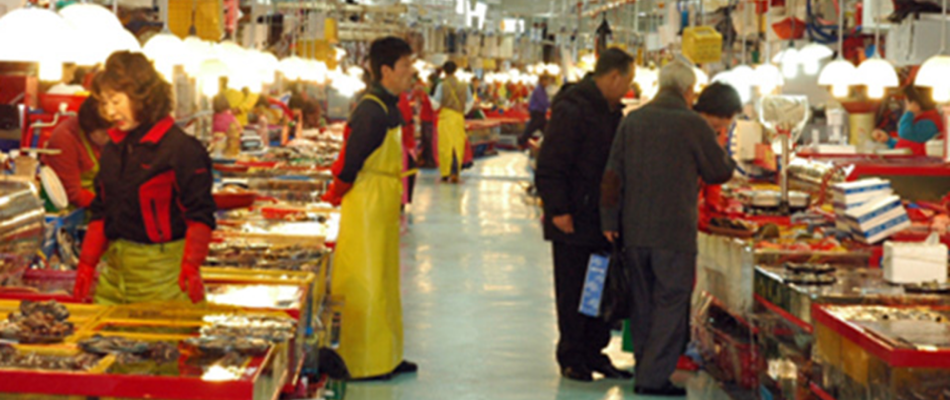
Jagalchi Market (http://www.jagalchimarket.or.kr)
A symbol of Busan where you can feel the breath of Busan people, the lively voices of the tough Gyeongsangdo Jagalchi women, the splashing sound of fish flapping, and the sound of bargaining.
On the dock, freshly caught fish are sold from middlemen to retail merchants, and at the fish market, you can buy fresh sea bream, flounder, yellowtail, abalone, squid, octopus, etc. according to your taste and eat them on the spot. -
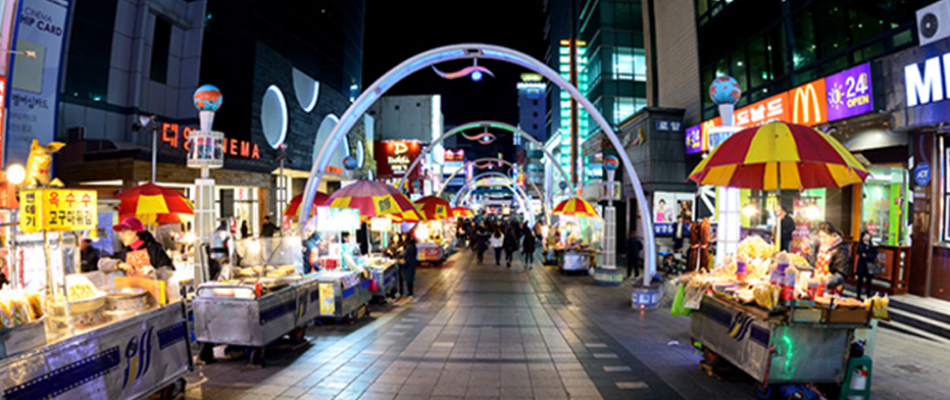
BIFF Plaza and Busan International Film Festival (http://www.biff.kr)
The Busan International Film Festival, especially ‘Eve Festival’, held in Nampo-dong, Jung-gu every year, the center of Busan's film industry, is held at BIFF Plaza right in front of the Stanford Inn Busan Hotel.
There are watching invited films, meetings with filmmakers, opening declarations, hand printing, and congratulatory performances. BIFF Plaza, which is always crowded with tourists even when not the film festival period, is a place where you can see handprints of famous filmmakers decorating the streets, and is also a place with many must-go restaurants in the Nampo-dong area. -
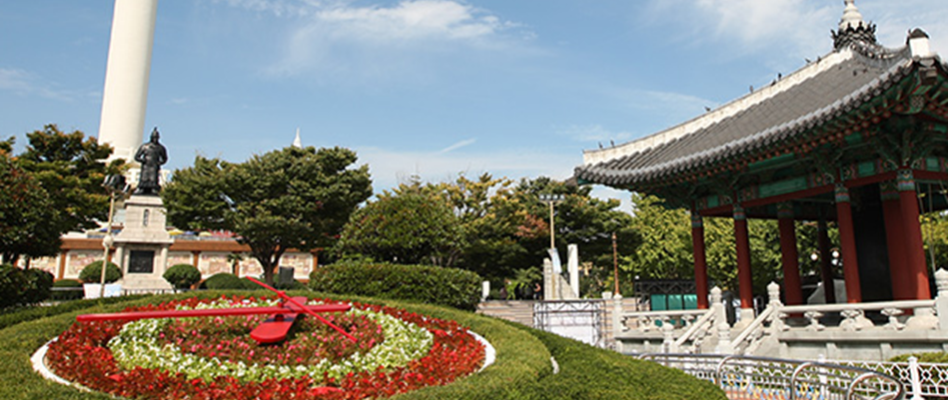
Yongdusan Park (http://yongdusanpark.bisco.or.kr)
Yongdusan is located in the city center at 1-2, Gwangbok-dong 2-ga, Jung-gu. It is called Yongdusan (龍頭山) because the shape of the mountain resembles the head of a dragon rising from the sea to the land. As a tower that symbolizes Busan, the Busan Tower was built 69 meters above sea level and 120 meters high, and the long, stretched-out cityscape and beautiful scenery of the center of Busan seen from the tower's observatory make viewers exclaim in admiration. The view from this observatory by elevator is refreshing during the day with a clear view of the sea, and at night, the dazzling city lights create an enchanting sight like the Milky Way's stars.This park is not only a walking trail that citizens can use at any time, but is also a popular tourist destination for foreigners as a resting place. It is widely used as a vacation spot for the elderly and a walking trail for nearby residents.
-
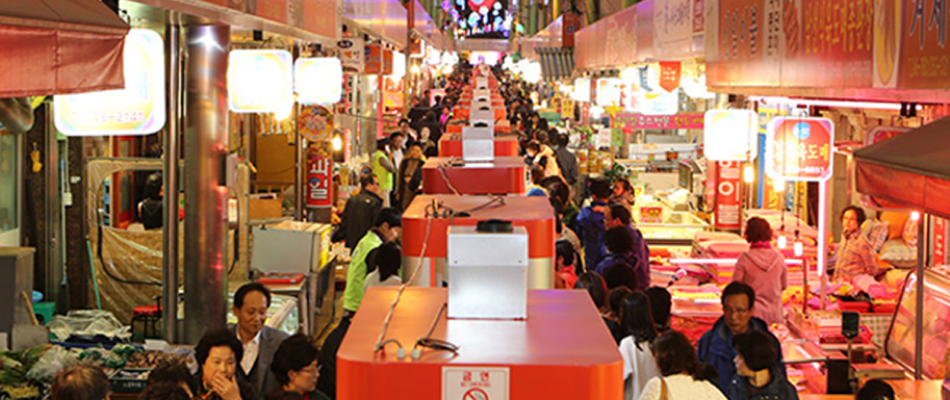
Bupyeong Kkangtong Market / Night Market (http://bupyeong-market.com)
Bupyeong Kkangtong Market, a place where past and future generations coexist.
Bupyeong Kkangtong Market, the largest single market in the country with a daily floating population of approximately 20,000, is divided into a modernized area through facility modernization project and an area that retains the appearance of a traditional market. On October 29, 2013, the first permanent night market in the country opened, making it a tourist attraction in Busan, and creating a street full of things to see and eat. With traditional cuisines and multicultural foods from around the world, including the Philippines, Japan, and Vietnam, weekly performances and colorful lights make the street even more beautiful. -
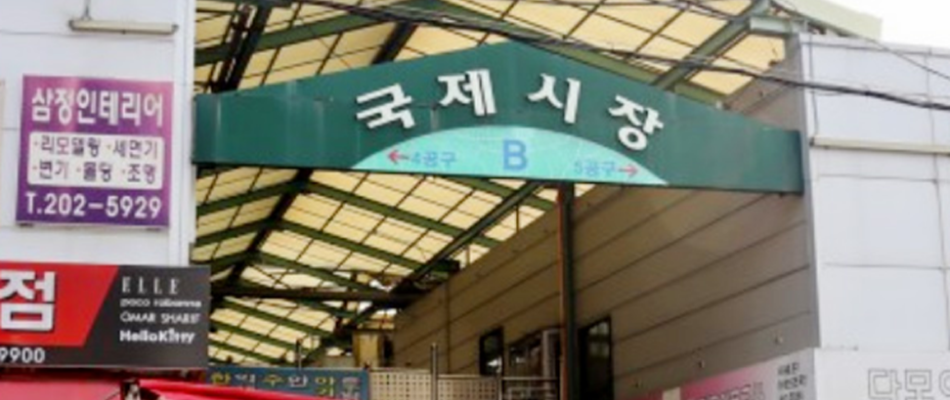
Busan International Market (http://gukjemarket6.modoo.at)
This place, where there was everything you need to live your life from the moment of birth, 'International Market', located in Jung-gu, the center of Busan, is the best tourist attraction and shopping cultural space filled with various attractions such as Bupyeong Kkangtong Market, Gwangbok-dong Fashion Street, Bosu-dong Bookstore Alley, and Jagalchi Market. After liberation in 1945, it became Dottegi Market full of people and Jayu Market, and has been called International Market since the Korean War. It is a place where kkochbunine in the movie ‘Ode to My Father’ is located, and where the history of Korea and Busan is vividly alive. The market is always full of energy with stores that have been protecting the market for generations and young stores with a new sense. You can have various experiences at International Market, a bustling and exciting complex cultural space where you forget the passing of time, with things to buy, enjoy, do, and eat.
-
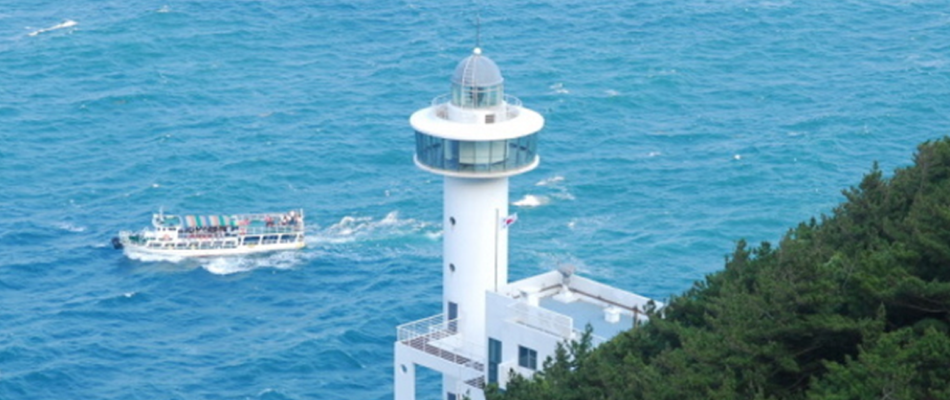
Taejongdae Park (www.taejongdae.or.k)
Taejongdae Resort, located at the southernmost point about 9.1km along the Yeongdo coast past Busan Bridge, covers an area of 1,713,763㎡ and is densely covered with over 120 species of trees, including pine trees, centered around a peak 250m above sea level. It is a famous spot where you can see steep cliffs, strangely shaped rocks, and the wide open Korea Strait along the coast, attracting many domestic and foreign tourists since ancient times. Since you can see Tsushima Island in Japan, about 56km away, on a clear day, it has been a popular tourist attraction representing Busan that citizens have enjoyed visiting since long ago. It was designated as National Cultural Heritage Site No. 17 on November 1, 2005, and was recognized as a national geological park on November 27, 2013.
-
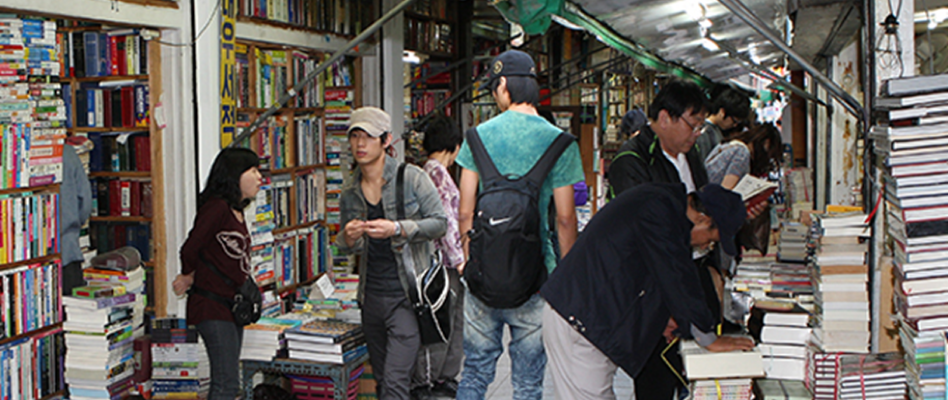
Bosudong Bookstore Alley (www.bosubook.com)
Bosudong Bookstore Alley refers to the bookstores gathered in a narrow alley in the direction of Nansa Line toward Bosudong across Daecheong-ro intersection at the entrance of International Market. When it became a temporary capital due to the Korean War, refugees sold valuable books they brought to make a living. As the demand and supply increased when school teachers and students who had fled bought them out of necessity, full-scale temporary buildings were built, forming the Used Bookstore Alley. At one time, used books owned by individuals gathered in this Used Bookstore Alley, and rare books came out, and then the number of temporary buildings for used bookstores increased even more. At that time, there were about 70 bookstores, and many middle and high school students and college students visited, and the used books that students requested were bought and sold. Every year, the Bosudong Bookstore Alley Cultural Event is held, including events such as free book exchanges, old book exhibitions, and concerts, receiving a great response from citizens, and the Bookstore Alley has transformed into a cultural space and has become a must-visit for domestic tourists.
-
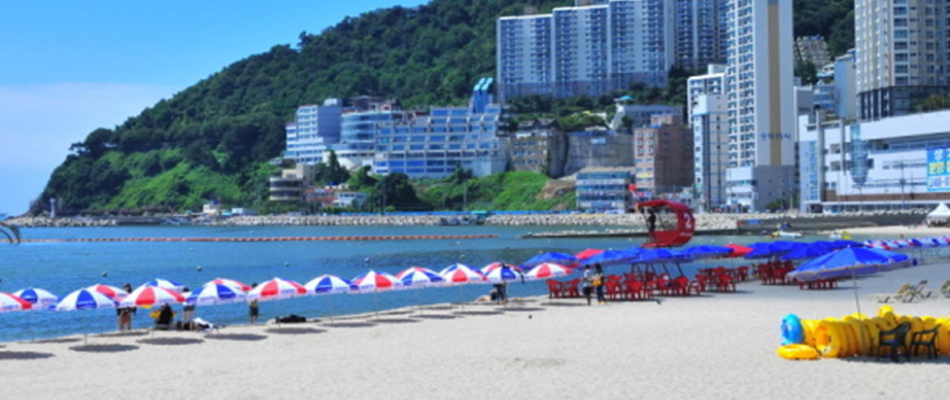
Songdo Beach (Cable Car) (www.bosubook.com)
800m long white sand beach, 50m wide, average water depth 1~1.5m. Located 3km from downtown Busan, it is the first beach that opened in Busan (1913). Through a five-year maintenance project starting in 2000, the reduced white sand beach was expanded and fountains were installed to create a beach park. There are Songdo Cloud Walkway and Amnam Park nearby.On Songdo Marine Cable Car, you can enjoy the scenery of the 86m high sea tower and the panoramic view of the sea for up to 1.62km, and experience a beautiful flight across the sea. The lower riding spot is located on the east side of Songdo Beach, and you can enjoy the leisure of the Cloud Walkway and Songnim Park. At the upper riding spot, Songdo Sky Park, you can experience various attractions such as the observatory and museum.
-
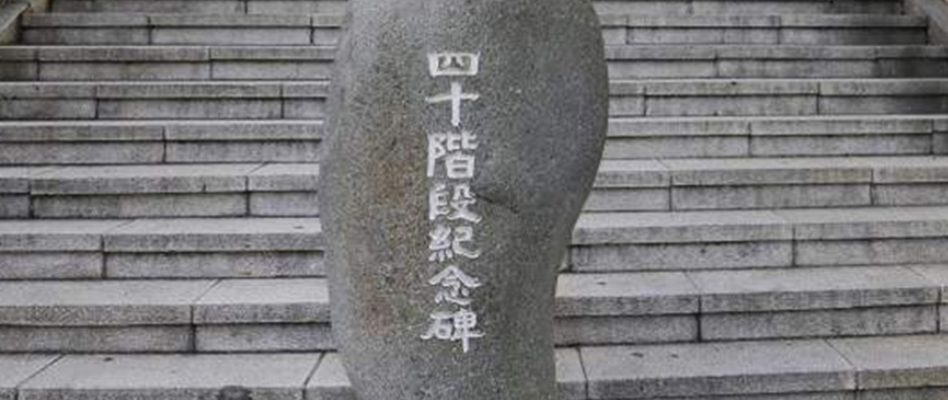
Jungang-dong 40 Steps (www.bosubook.com)
Jungang-dong's 40 steps were installed to facilitate the travel between the old Busan Station and the International Passenger Terminal in today's Yeongju-dong. These steps were a reunion place for families separated during the Korean War, and symbolized the joys and sorrows of refugee life, making them the most familiar place for over 100,000 refugees. This place became famous in 1951 when Park Jae-hong's popular song "Gyeongsangdo Girl" became popular, and this song was about the hardships of refugee life. At that time, people used to look at Yeongdo Bridge from the 40 Steps to soothe the hardships of refugee life. The 40 Steps, which used to be about 4m wide, have now been reduced in width, losing their original appearance. Thus, the steps located about 25m south of the original 40 steps are now called the 40 Steps. In August 1993, the '40 Steps Monument' was built on the steps that were separated from their original location, and the lyrics of the popular song 'Gyeongsangdo Girl' and the origin of the steps were engraved on the back
-
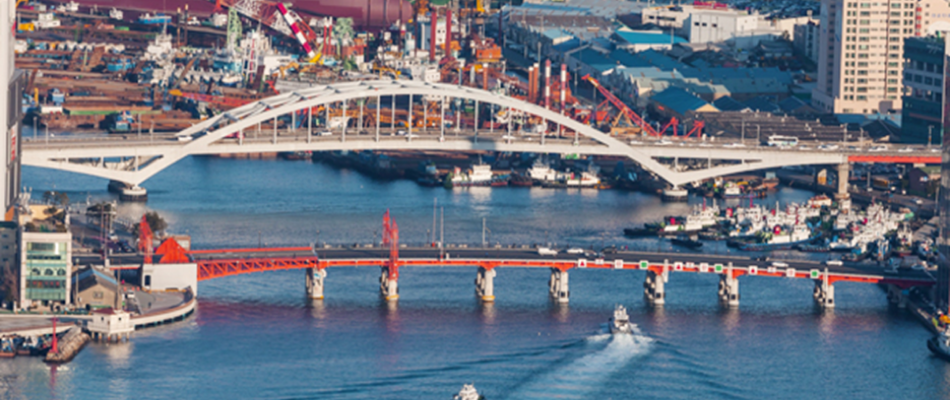
Yeongdo Bridge (www.bosubook.com)
Completed in November 1934, it is Korea's first landing bridge and the only drawbridge. It was closed for a while, but was restored in 2014 and now opens once a day at 2 p.m. At 'Yurari Square' right below Yeongdo Bridge, there is a statue depicting refugees during the Korean War. In the past, families who fled without any promise would find their families here.

10 tourist attractions recommended by Stanford Hotel Busan
These are attractions that can be reached within 10 minutes on foot from the hotel, and you can get there by taxi at the basic rate.
-
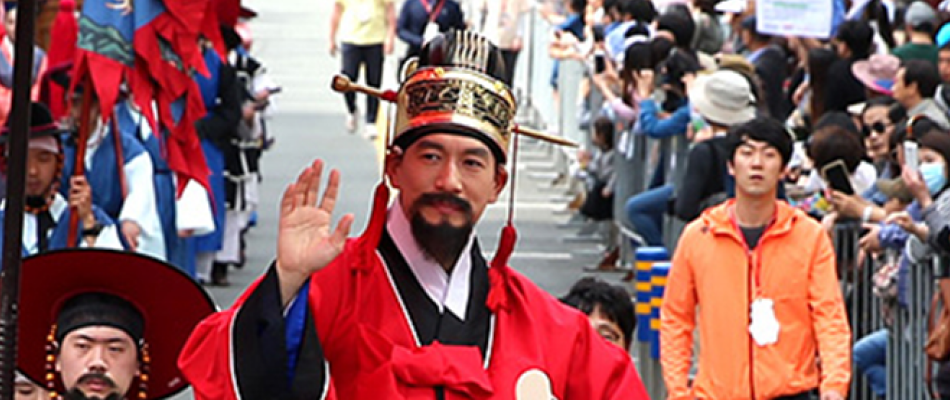
Joseon Tongsinsa Festival
-
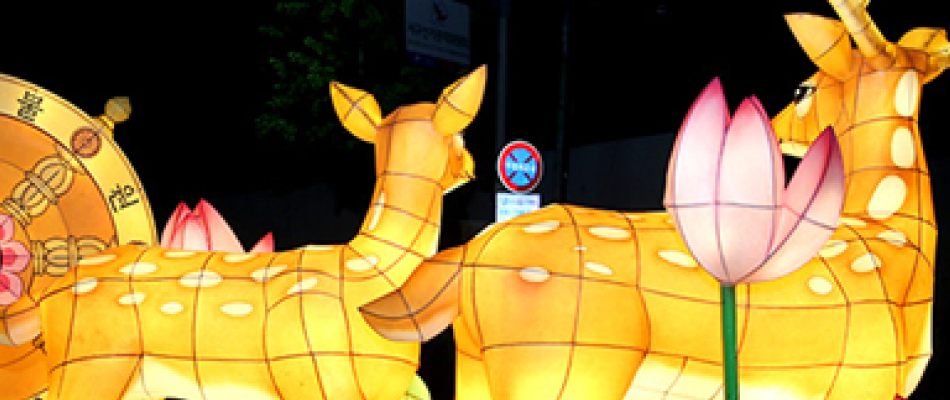
Gwangbok-ro Lotus Lantern Festival
-

First Half Sanbok Road Moonlight Small Music Concert
-
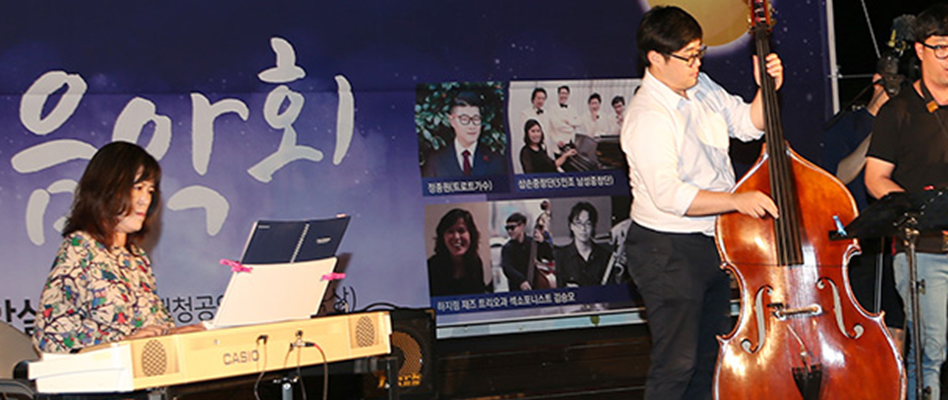
Second Half Sanbok Road Moonlight Small Music Concert
-
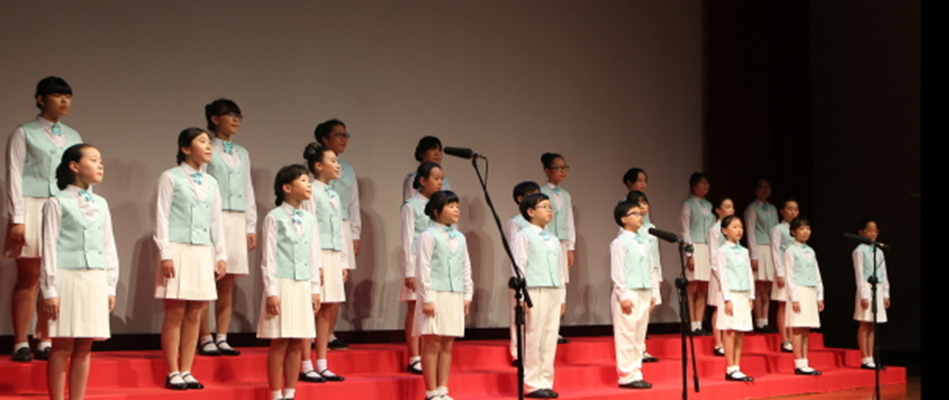
Regular Performance of District Choir
-

Busan International Film Festival Eve and related events, Promotion Hall
-
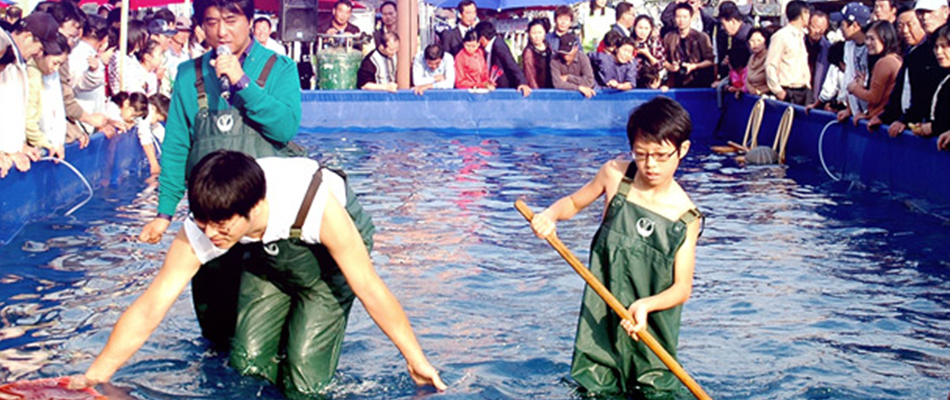
Busan Jagalchi Festival
-
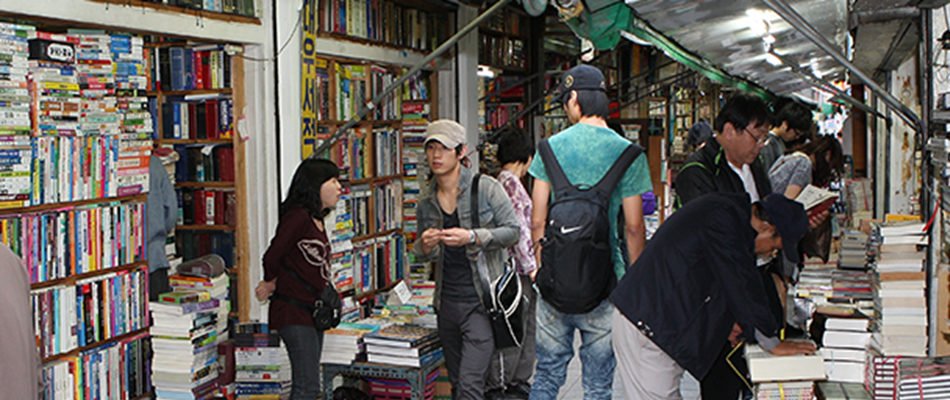
Bosudong Bookstore Alley Cultural Festival
-
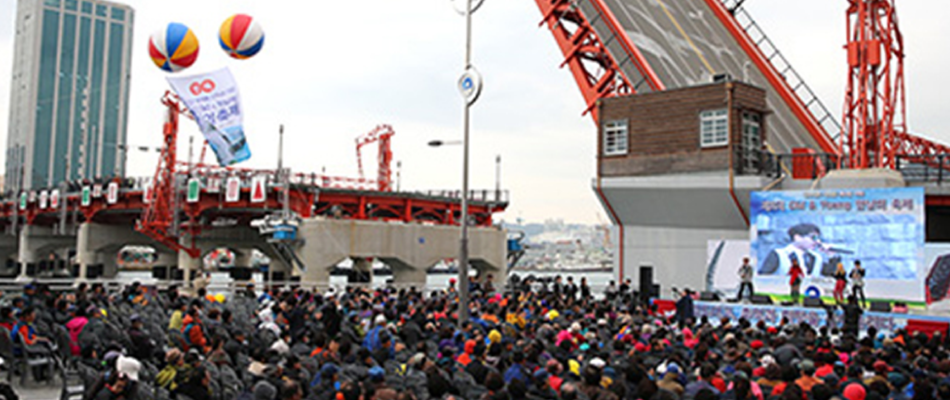
Old and Young Meeting Festival
-
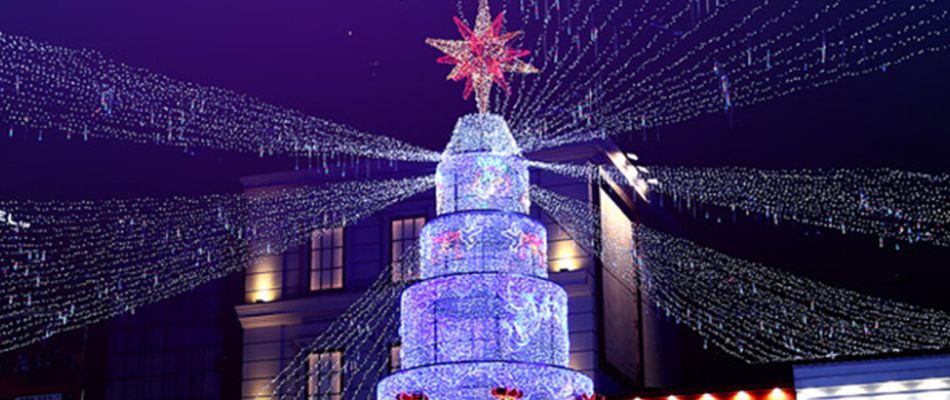
Busan Christmas Tree Culture Festival
-
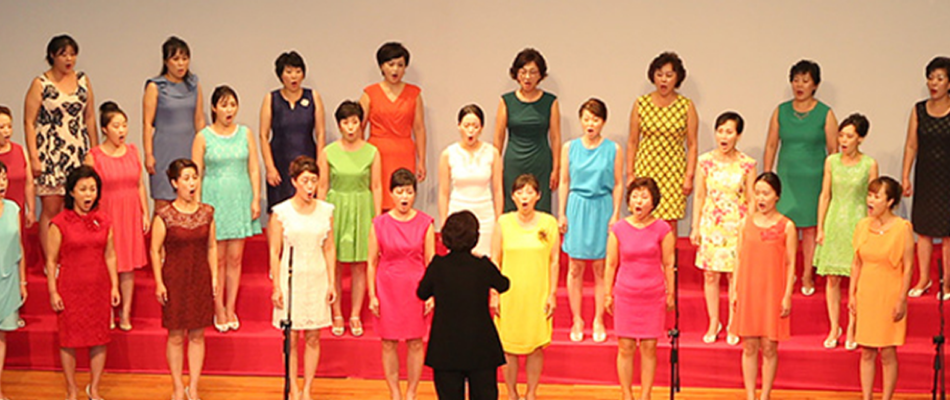
Year-end Concert
-
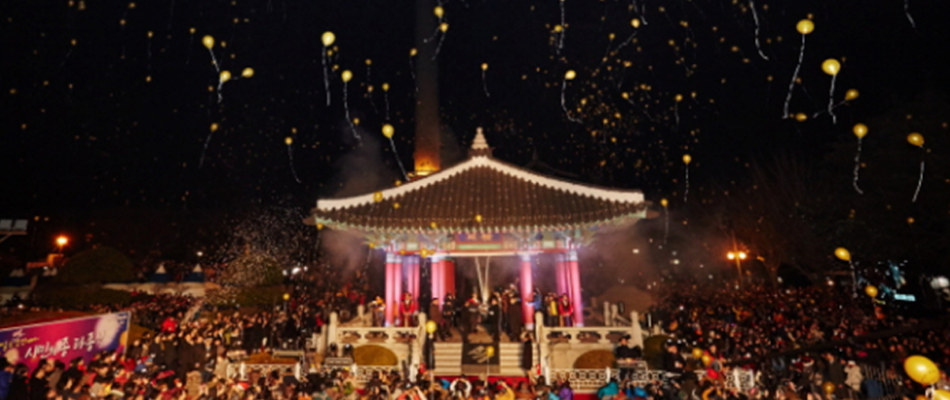
Citizen's Bell Ringing Ceremony

- About

